Chilling Historical Photos And The Secrets They Hide: The Creepy Detail You Missed!
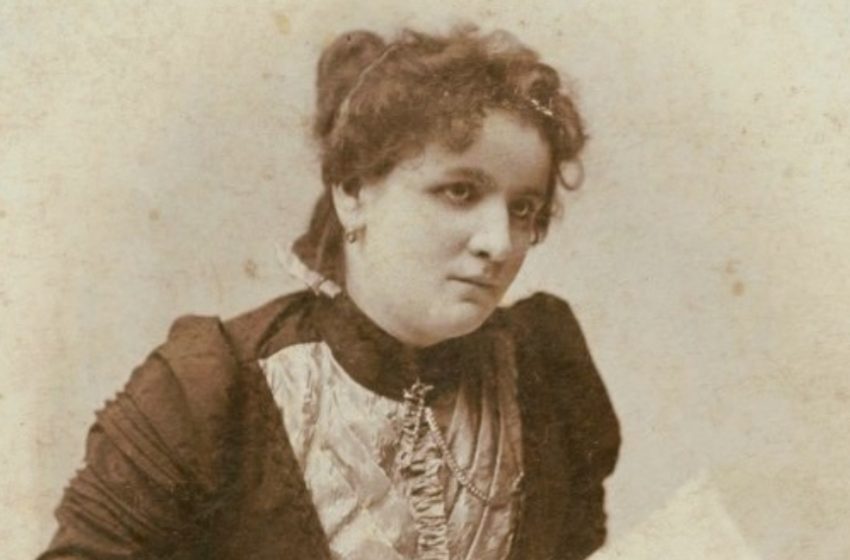
Throughout history, certain photographs have managed to unsettle viewers, often for reasons far beyond what was originally intended. What at first may seem like an innocuous or even ordinary snapshot can take on an eerie, haunting quality when viewed with the knowledge of its deeper context. These chilling photos are not designed to frighten, but instead, their backstories or subtle details invoke feelings of curiosity and discomfort. The photographs hold secrets—sometimes truths—that go beyond what meets the eye.
The Mountain of Bison Skulls (1892)
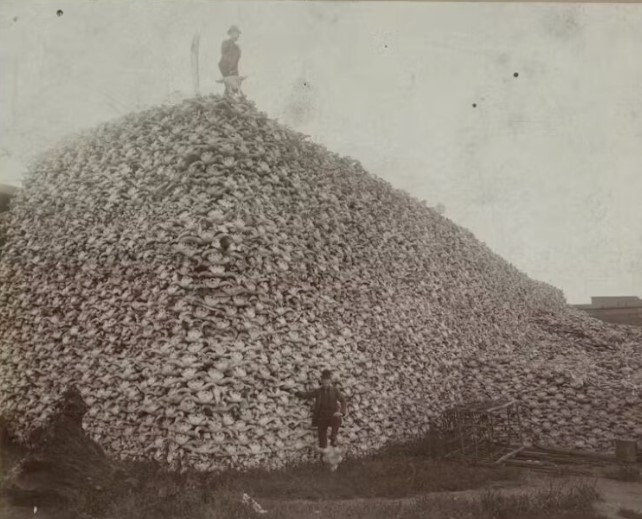
In 1892, outside Michigan Carbon Works in Rougeville, Michigan, a chilling photograph captured a mountain of bison skulls, left behind as a result of the brutal over-hunting of bison. This shocking sight isn’t just a symbol of industrial greed; it also tells the story of the environmental and cultural destruction caused by colonization and westward expansion. A
Inger Jacobsen and Jackie Bülow (1954)
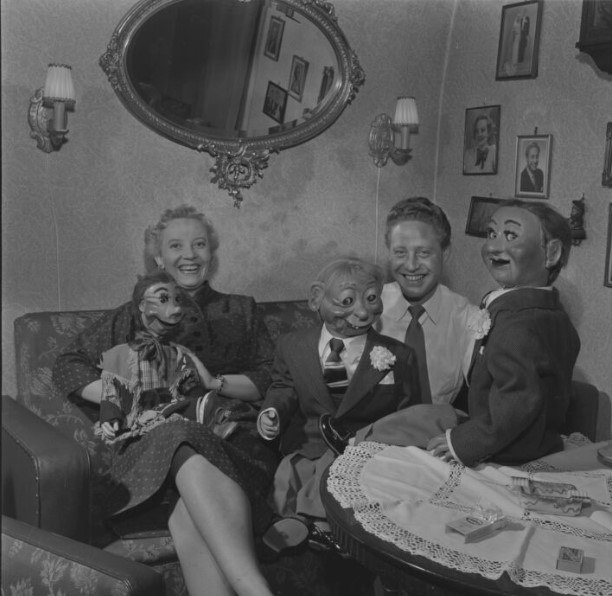
At first glance, the photograph of Norwegian singer Inger Jacobsen and her husband, Danish ventriloquist Jackie Bülow, from the 1950s seems like an innocent, vintage moment in time.
The Sleeping Mummy Trader (1875)
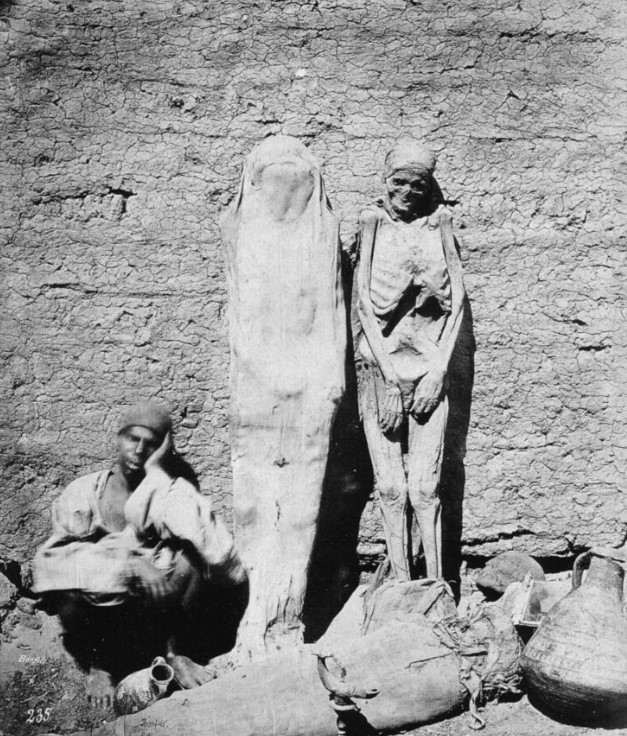
In the 19th century, mummies were not just preserved artifacts of ancient civilizations—they were exploited as commodities for profit, and the photograph of a merchant resting amidst a trove of mummies reflects the bizarre fascination with these preserved remains.
The Iron Lungs of 1952
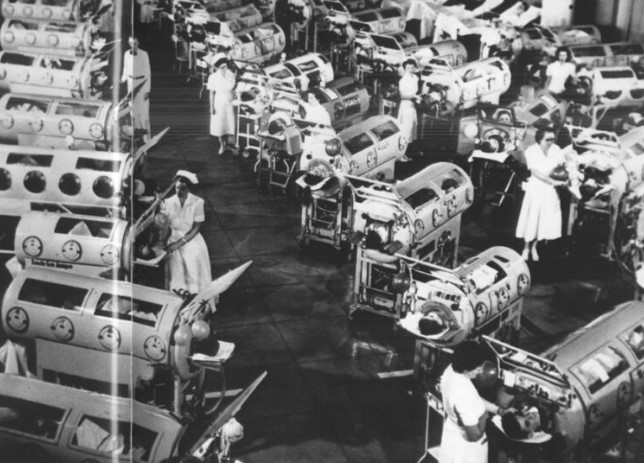
Before the polio vaccine was introduced in 1955, the world lived in fear of the disease, which left thousands of people paralyzed and hundreds dead. The 1952 outbreak in the U.S. was one of the worst, and the sight of rows upon rows of iron lungs in hospitals tells a chilling story of desperation and survival.
Chapter 5: The Young Mother and Her Dead Baby (1901)
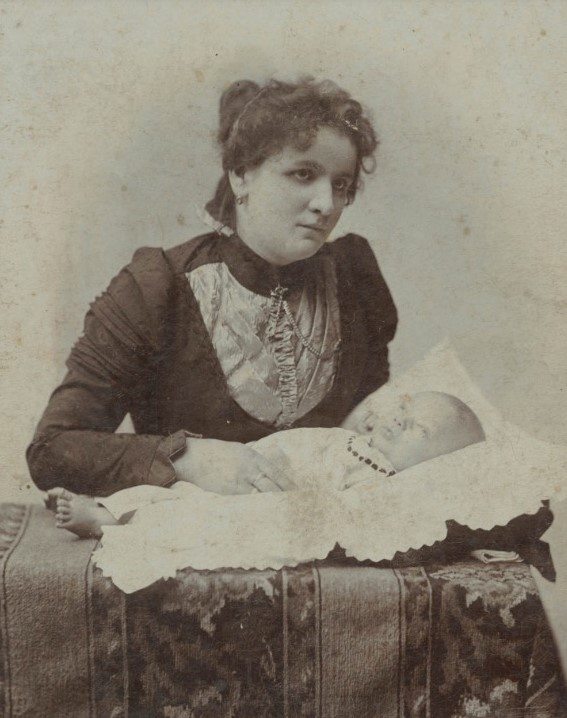
The haunting photo of Otylia Januszewska holding her deceased child, Aleksander, is a stark representation of a Victorian tradition: post-mortem photography. In the late 19th and early 20th centuries, families often photographed their deceased loved ones, capturing one last memory to preserve their connection.


